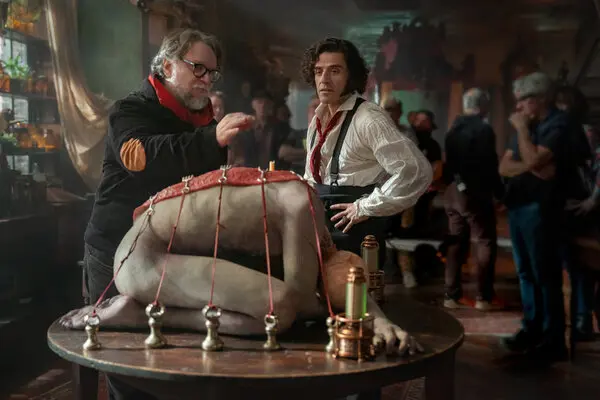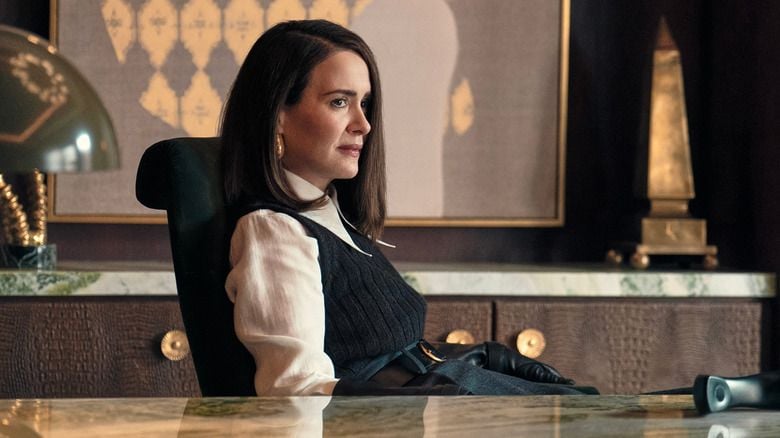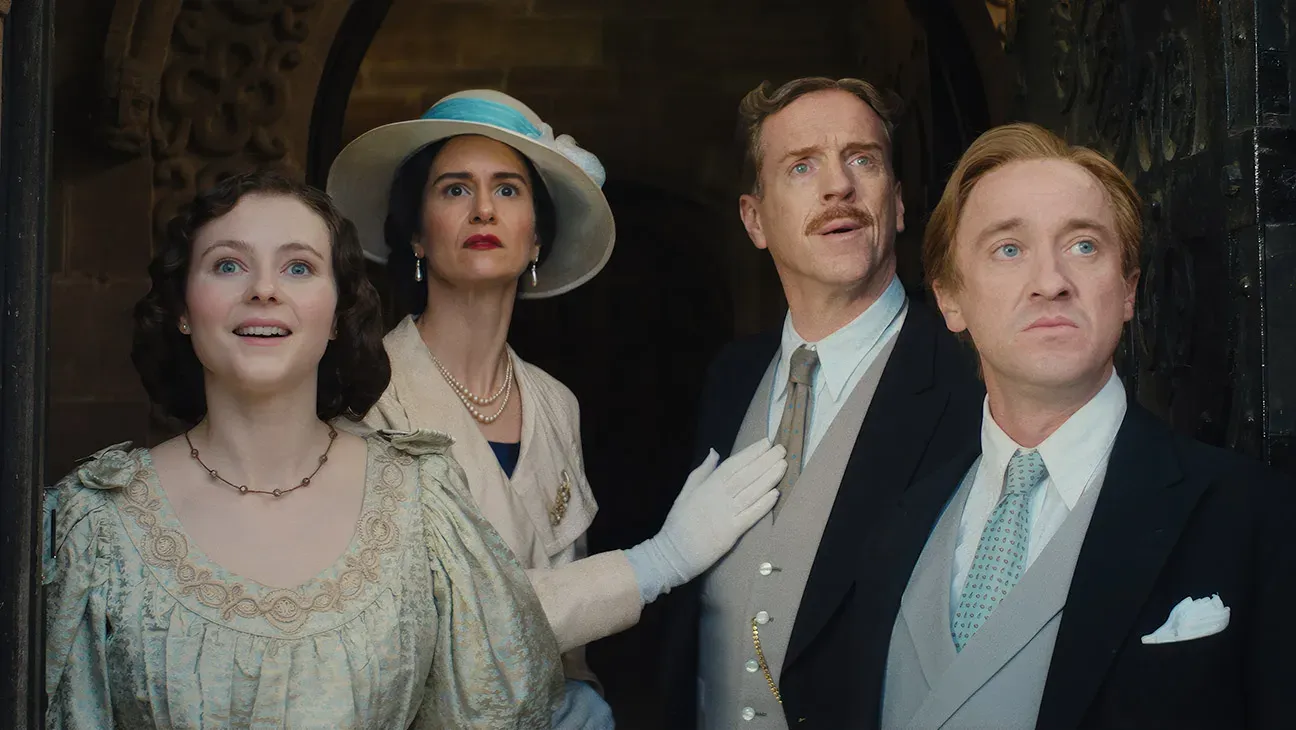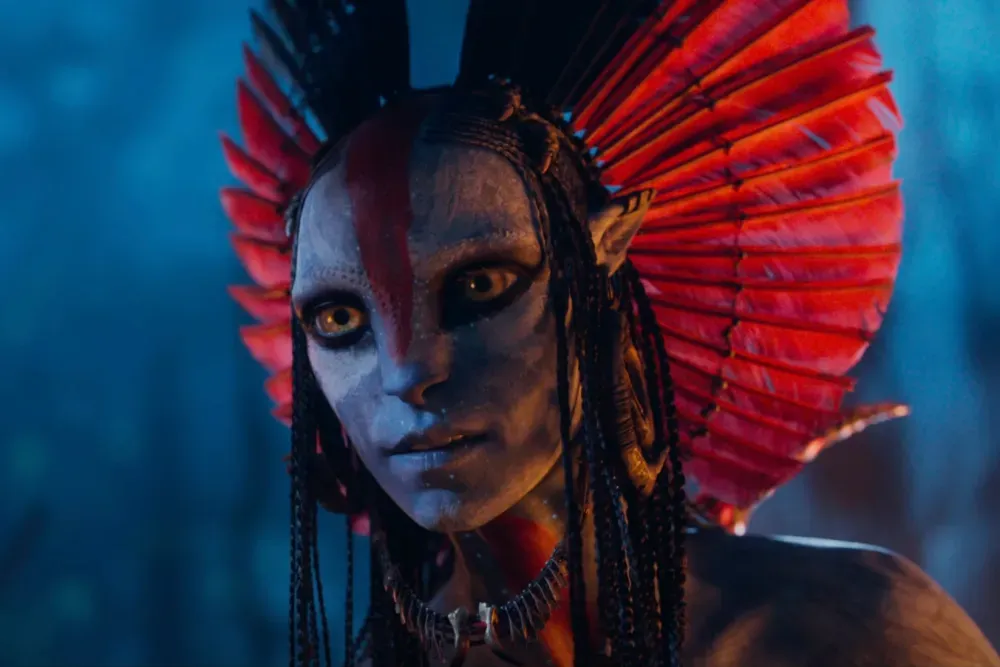
A Photographic Memory (2024) — Documentary Review
- May 10, 2024
When filmmaker Rachel Elizabeth Seed discovered the recorded voice of her mother Sheila Turner Seed, who passed away when she was just an infant, she felt a deep sense of connection. Seed, also a photographer, poured over the extensive archival materials left behind by her mother, an ambitious international journalist, to piece together a comprehensive portrait. Turner's journals, interviews, television appearances, photographs, and childhood home movies became the heart of Seed's introspective documentary “A Photographic Memory.” The film is more than a tribute; Seed's uniquely relevant and reflexive technique brings this decadently rich non-fictional piece to life.
Seed’s journey is not only about understanding her mother's life but is deeply rooted in self-discovery, effectively challenging past, present and future to heal deeply entrenched wounds. The heart of the film is steeped in Turner's professional accomplishments that shattered gender norms, complex relationships, family ties, and a perpetual urgency to experience life fully, hinting at an intuition of a limited lifespan. Turner’s soft-spoken yet adamant demeanor, mirrored by Seed, becomes the testament to the bond between them.
An significant archival piece for Seed is Turner’s work “Images of Man” from the ’60s and ’70s, a series where she interviewed globally acclaimed photographers. A notable focus is Henri Cartier-Bresson's dialogue on the fleeting nature of existence and the fear of obscurity. Seed visits the photographers or their next of kin, often in the locales where Turner had once conducted interviews. These meetings become moments of recognition, as people who knew her mother draw physical similarities between Seed and Turner, resulting in a cinematic revival of Turner's persona.
To highlight their uncanny resemblance, Seed superimposes herself on a projected photo of her mother and includes a montage of side-by-side photographs. Dramatized black-and-white segments show 'Turner' conducting interviews; Turner’s recorded voice is synced with Seed's physical embodiment of her mother. Turner's journal entries are brought to life in Seed's voice, bridging the generational gap.

On occasions when Turner cannot be physically represented, Seed steps in. At one point, she shares a 'conversation' with Turner by interjecting her responses to Turner's recorded questions. "When I found your photos, I saw we've been standing in the same place," Seed says to Turner's memory while sifting through a resource-rich vortex.
Documenting these timeless interactions and Turner’s dynamic life serves a dual purpose - it immortalizes Turner's legacy and marks Seed's own creative genesis. One poignant sequence shows Seed gazing at the very few photographs of her and Turner together, essentially the only physical evidence of their shared timeline. Seed soothes her pain by realizing that she and Turner share more than just physical resemblance.
Seed's exploration of Turner’s life helps her grapple with the blurry divide between personal and professional spaces and the question of the ethics of preserving both for public view. Her revelations are aided by her examination of her photographer father Brian Seed’s inconsistent memories and her relationship with her ex-husband, also a photographer.
Seed recognizes the subjective, unreliable nature of memories, whether in our minds or recorded as images. Perceptions of the past can't provide an objective account of what actually transpired or who we were in those moments. Yet, the emotions these recollections trigger ring true. Seed's pursuit of observing her mother’s triumphs and trials, and, in turn, her own, seeks to protect an emotional truth, despite the gaps in the narrative.







